Chronicling Hurricanes When They Could Be Around the Corner
especiales
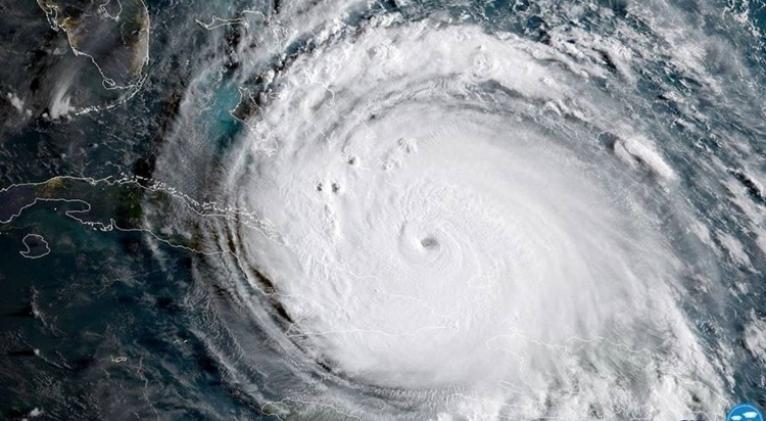
Now that we are in hurricane season and the forecasts are not looking very promising... although there have been worse; it's worth drawing on the wise knowledge of Cuban geographer and historian of meteorology, Professor Luis Enrique Ramos Guadalupe, who recently offered an account of the history of hurricane seasons on this island on Cuban television.
The honorary member of the Cuban Meteorological Society began by recalling that the term "hurricane season" is a conventional interval established by humans, but nature, provided it presents the appropriate conditions in the ocean, can generate a hurricane. Statistics confirm that cyclones have occurred in every month of the year.
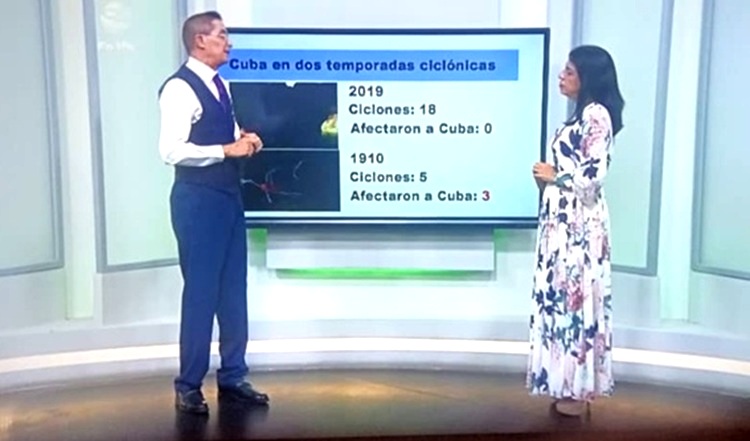
In the 19th century, the historian recalled that this interval was limited to the most active months: August, September, and October. It was in the 20th century that it stretched to the month of June and continued until November 15.
Only when they realized that the season continued slightly beyond that day did they establish the season, starting in 1966, from June 1st to November 30th, the period when hurricanes most frequently take shape.
The Beginning of Weather Forecasts
Professor Ramos Guadalupe explains that interest in forecasting hurricane activity in the Atlantic Ocean began with sailors, especially pilots and ship captains, in the 18th and 19th centuries.
At that time, they called the hurricane season the equinox, because they knew that the greatest probability of hurricanes occurring was during the autumn equinox, when their lives were at more perils on the high seas.
And this year, confirming that long-held knowledge, the approaching peak of hurricane activity coincides approximately with September 22, which is precisely the date of the autumn equinox.

In Cuba, meteorological hurricane forecasts began to be used around 1937-1938, when meteorologist, engineer, and architect José Carlos Millás (Havana, January 22, 1889 - Miami, November 28, 1965) conducted a study he called "early forecast of hurricane activity in the western portion of Cuba."
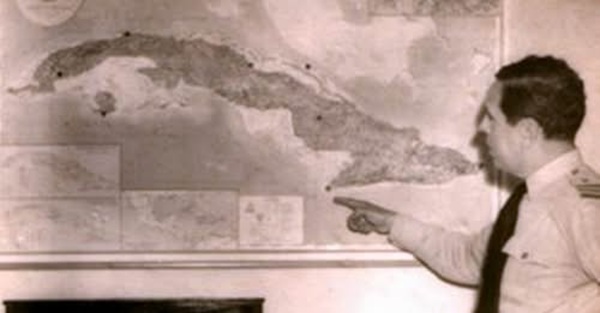
About Millás, CubaSí investigated how he was the only scientist chosen by the Geographical Society and the Academy of Sciences of Havana to accompany Albert Einstein during his brief visit to the nation's capital in December 1930.
However, it’s worth remembering that Father Benito Viñes, a Jesuit, predicted for the first time in history, on September 12, 1875, that a hurricane would hit Cuba. It was the first meteorological forecast of its kind recorded in the Western Hemisphere, and he made it the day before the hurricane struck the southern coast of Cuba.
Professor Ramos Guadalupe recalled in his television appearance that this early forecast of the hurricane season of the 1930s, "Was a breakthrough, but, of course, he could only make it for the region of the country where he had the most information, which was the west of the country."
This forecast responded to a request from insurance companies that had asked the National Observatory to determine which season of the year could experience the greatest risk of hurricanes.
A breakthrough in the study of Atlantic hurricanes occurred in the 1980s with the work of William M. Gray (October 9, 1929 – April 16, 2016), a professor of atmospheric sciences at the University of Colorado, USA, considered the "hurricane guru" in American science.
Hurricane Forecasts in Cuba
In this island geography, Professor Ramos Guadalupe asserts that "we are ahead of our time in many of these aspects" and mentions the first three meteorologists who, in 1994, developed the equation that led to the first seasonal forecast: Drs. Marítza Ballester, Cecilia González, and Ramón Pérez Suárez, who is still active and has been the main author of this year's forecast.
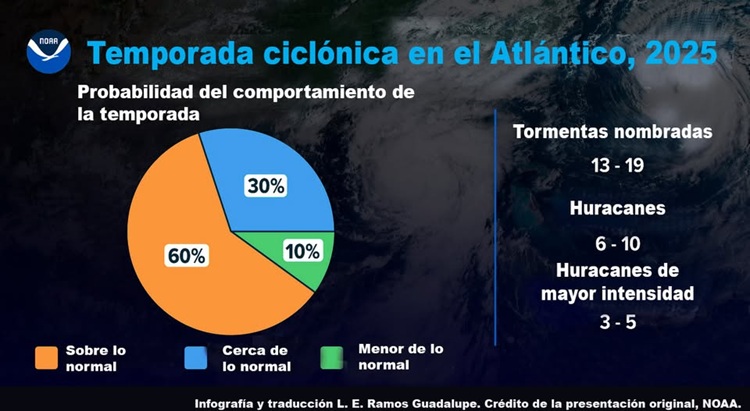
At that time, the expert specifies that this initial forecast was not disseminated through the press as it is today; it was only known to the Central State Administration Agencies until it was developed.
It was only in the 21st century that it began to be made known to the population as it is today, and has become increasingly refined.
What's Coming
The number of hurricanes forecast and the hurricanes or tropical cyclones that form is not directly related to the danger for a specific region, because the forecast projects a possible number.
However, science cannot yet determine where in the ocean they will form and what trajectories they will follow, the historian notes.
Although details about what this season will bring to Cubans are still unknown, CubaSí notes that last year's activity was above the historical average, with 18 tropical storms, 7 of them hurricanes.As for this year, which is already half over, the National Forecast Center indicates that between June and November 30, 15 tropical cyclones are expected to form throughout the North Atlantic 8 of which could reach hurricane status.
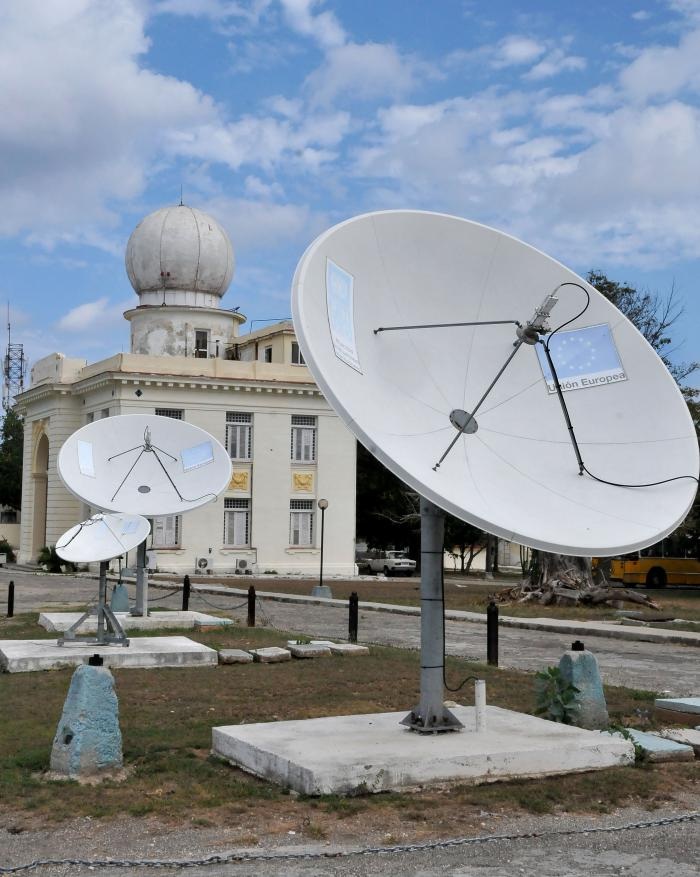
So, in addition to crossing your fingers, the important thing is to stay prepared and calm, alert, and up to date with all the information, warnings, and alerts coming from official channels.
Translated by Amilkal Labañino / CubaSi Translation Staff



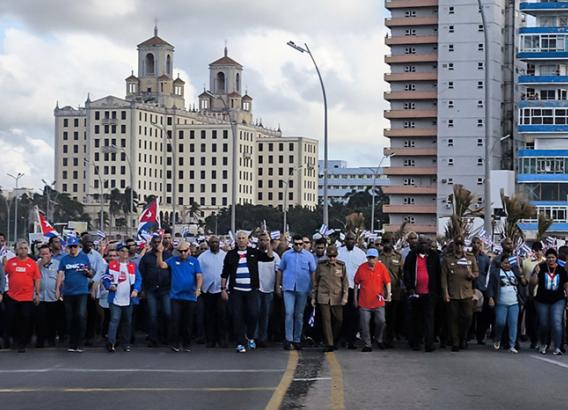
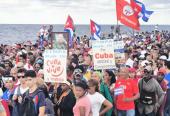
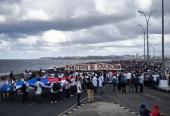
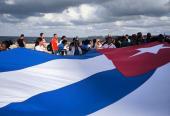

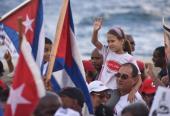
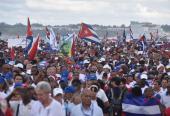


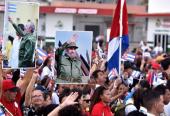

Add new comment